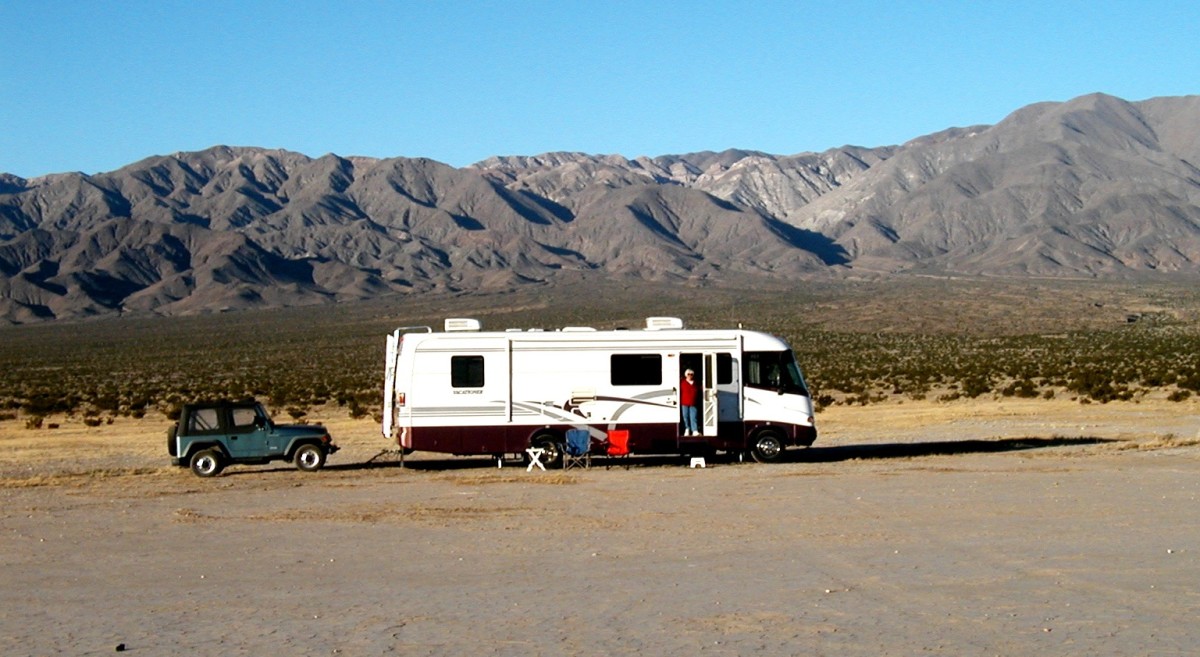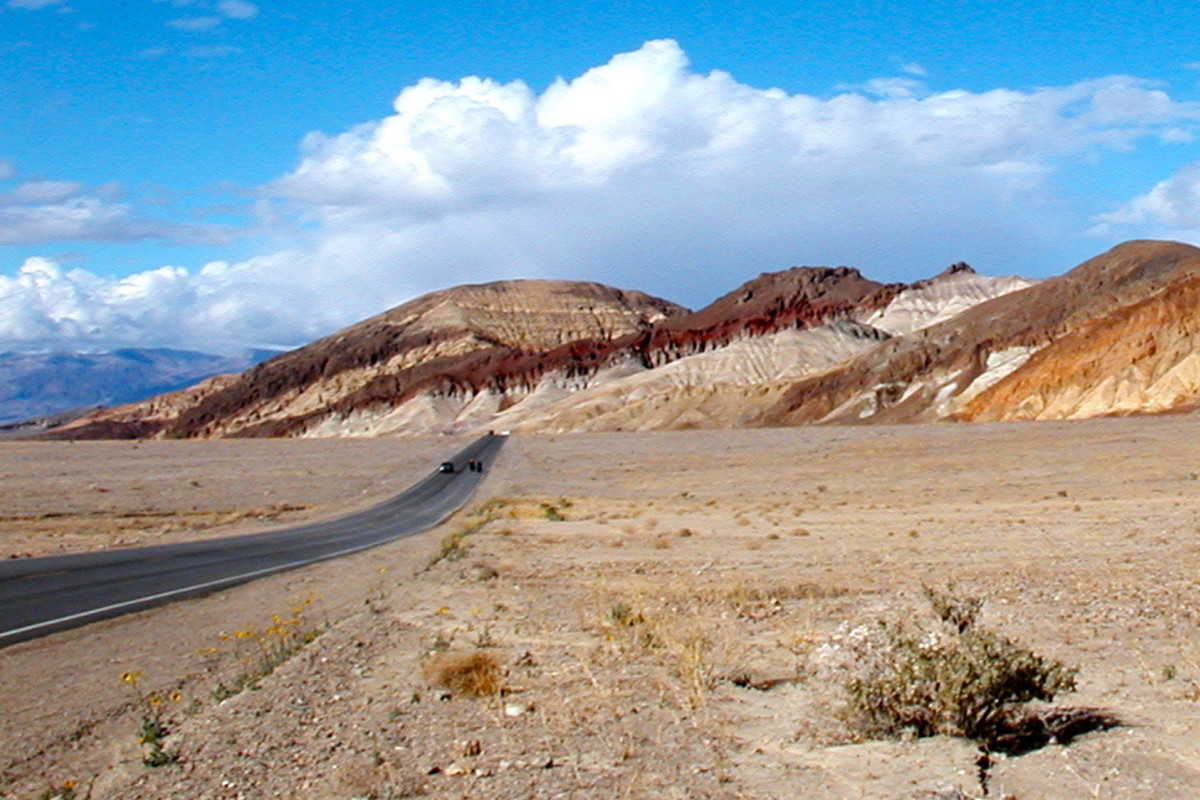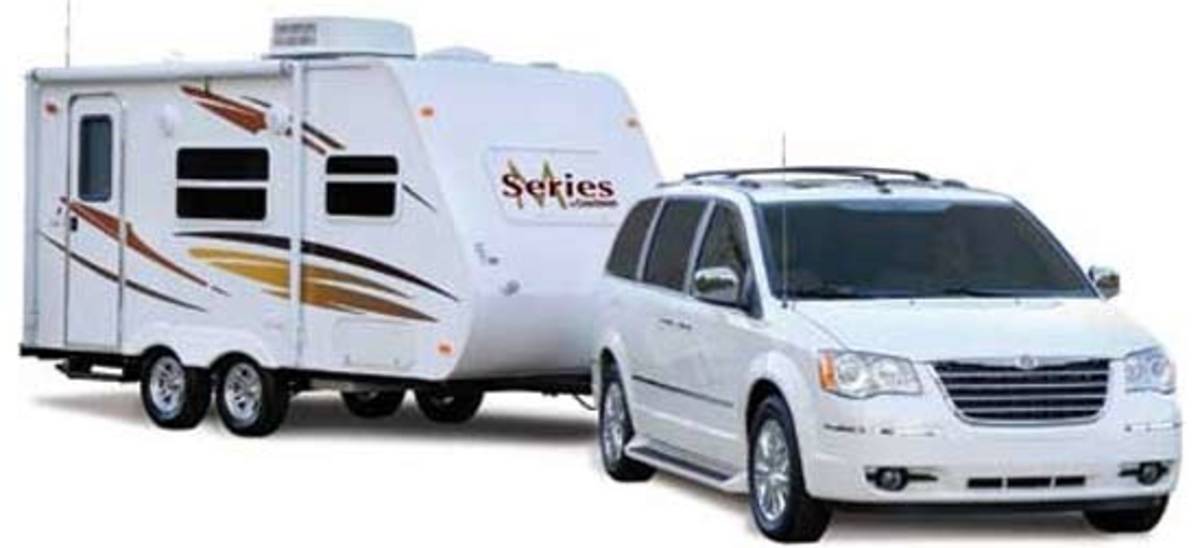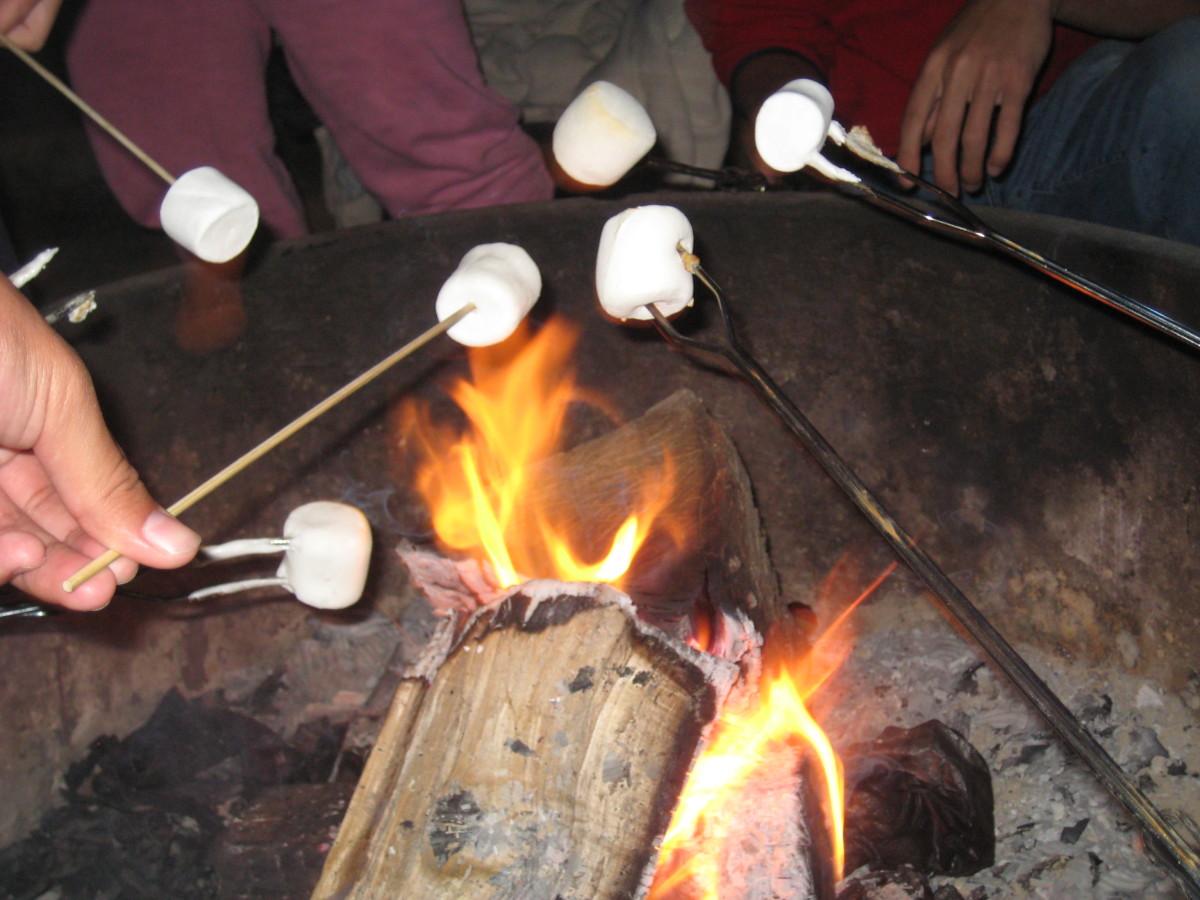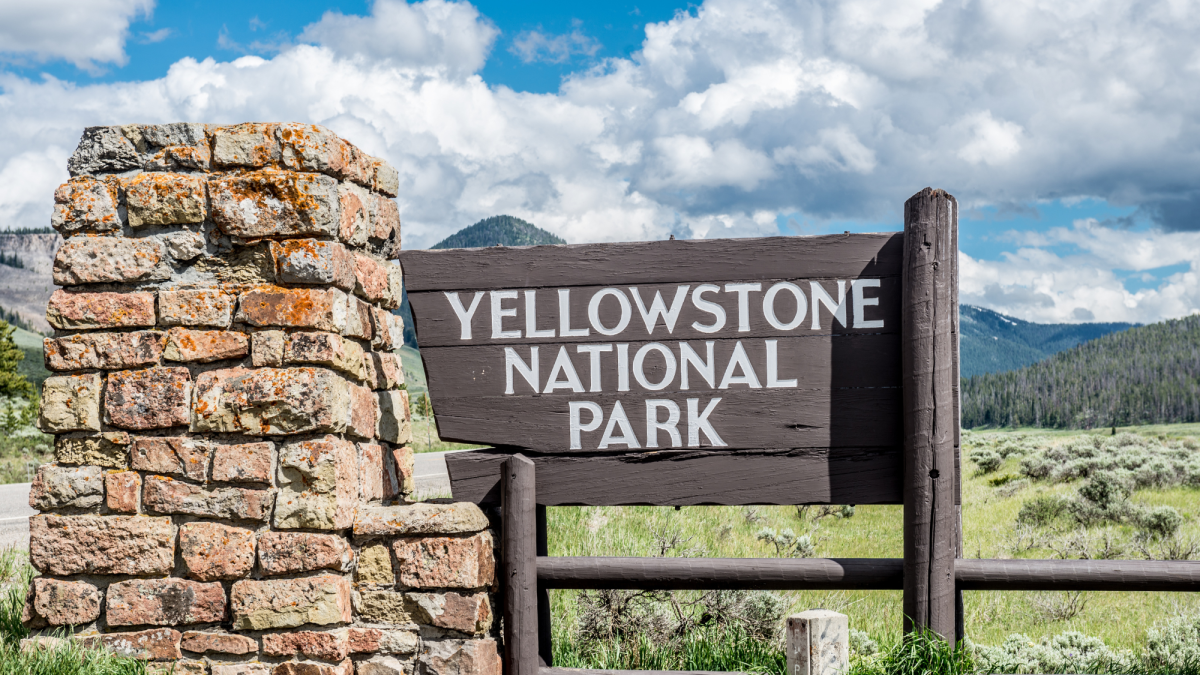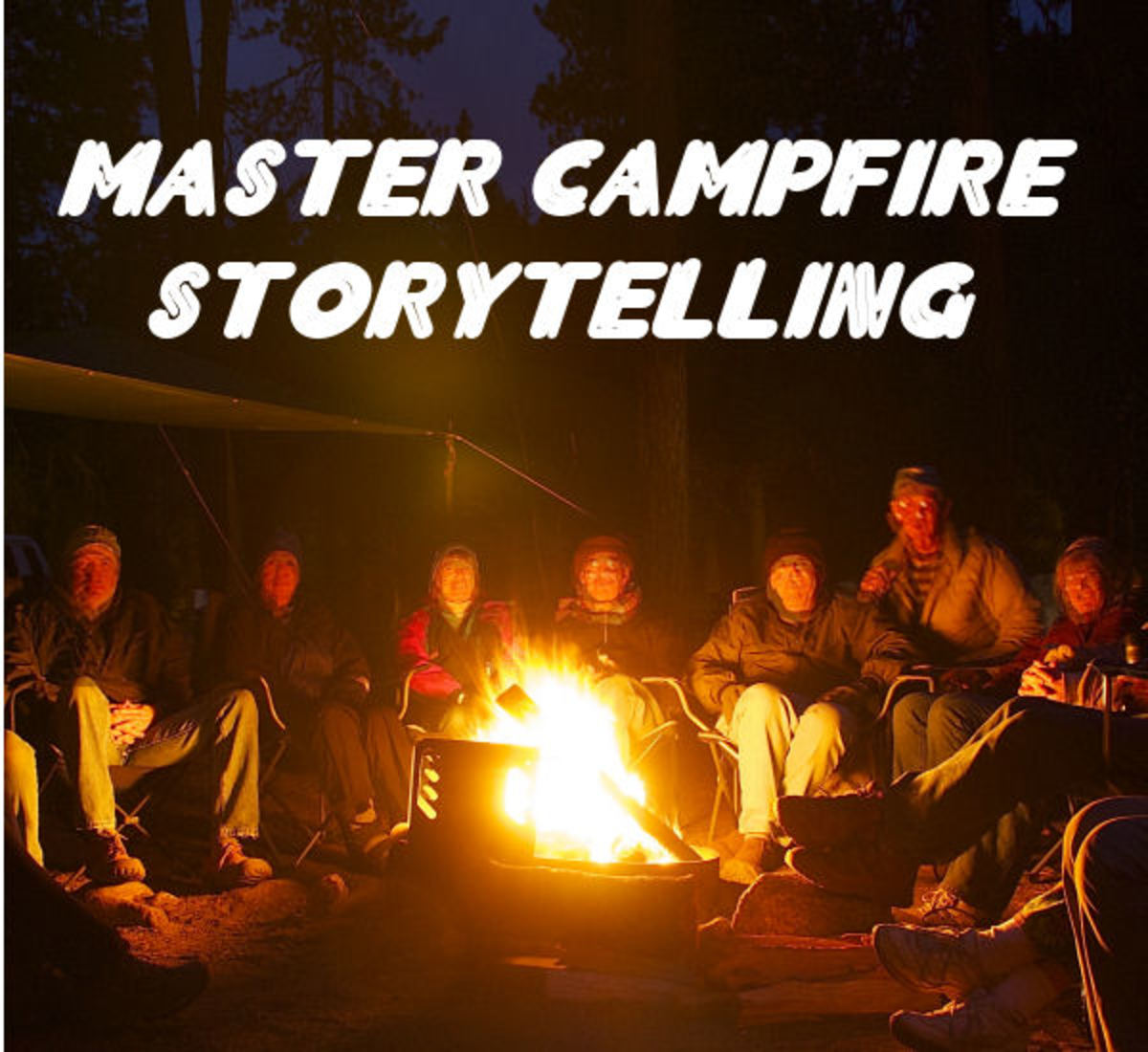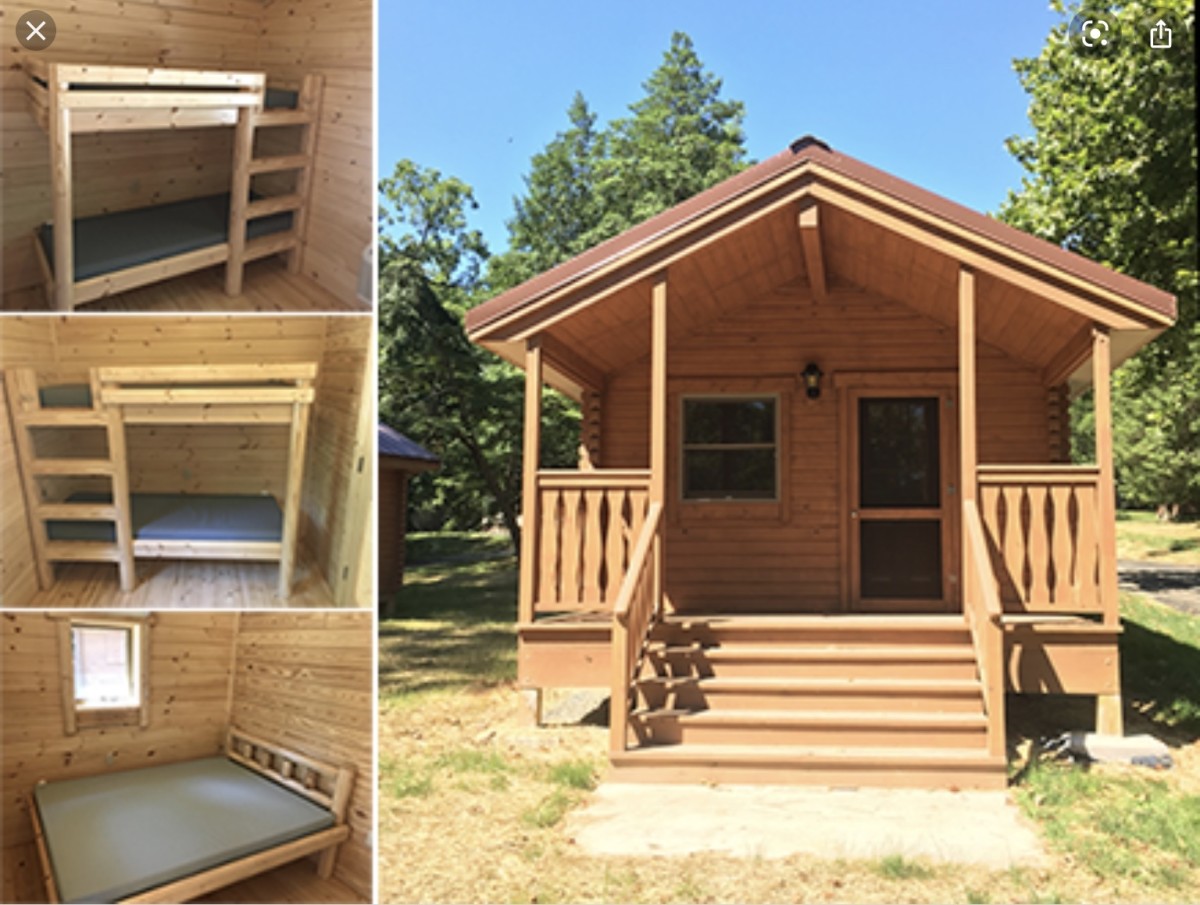Boondocking
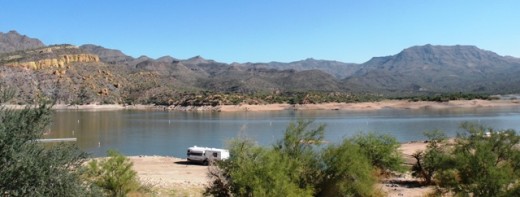
By Joni Douglas
The joys of taking off in your RV and just driving wherever the road leads you, can certainly be exciting. Spending your summer traveling in your RV can be expensive but it doesn’t have to cost a fortune either.
For those who have never heard the phrase “boondocking ” before in the context of RVing, boondocking is camping free, or almost free. Parking your RV overnight in a Wal-Mart parking lot is boondocking, as well as staying at a truck stop or rest stop. Camping where RV hook-ups aren’t available, also known as dry camping is commonly referred to as boondocking.
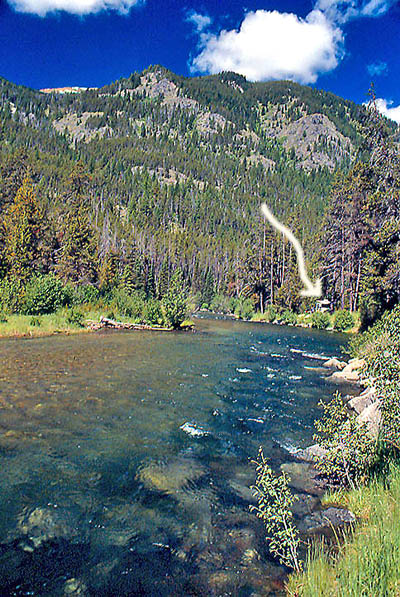
Boondocking is making a big comeback, for RVers who want more adventure than the nearest RV Park. Relying totally on your RV and what you brought with you is all that is required for boondocking. Once you’ve mastered the technical end with your RV, such as added freshwater, planning for wastewater and the electrical or battery systems, you’re all set to go. Achieving independence from the electric box and water hookups at your RV Park can be simply a matter of adapting or changing existing habits.
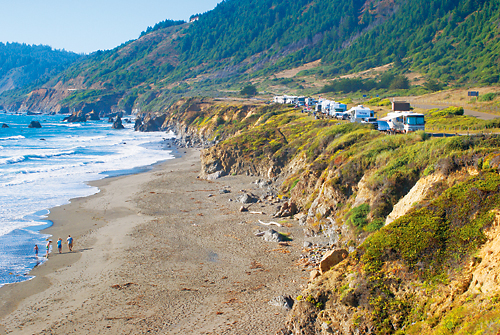
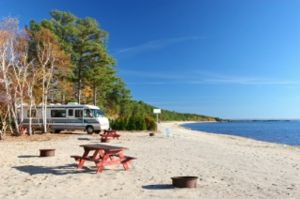
There are beaches to stroll, desert sunsets to observe, thick and majestic forests to hike through plus a multitude of fish laden rivers and scenic inland lakes to explore. Boondocking will allow you the freedom to do it all from the comfort of your RV, complete with indoor plumbing, electricity and a comfortable dry bed. It’s the best way to explore this vast and beautiful country.
If you’ve never been boondocking before, you may want to start slowly by staying in a primitive campground. Try national parks and state parks that offer primitive campgrounds. This is a great way to start. If you have under estimated your water supply or you’re holding tank needs, these parks have water readily available and there is usually a dump site nearby. These parks may not be free but their rates are considerably less than normal campsites. State forest campgrounds are another great option. The camp sites are less developed and spaced farther apart usually with more trees and bushes surrounding the sites are a little more privacy.
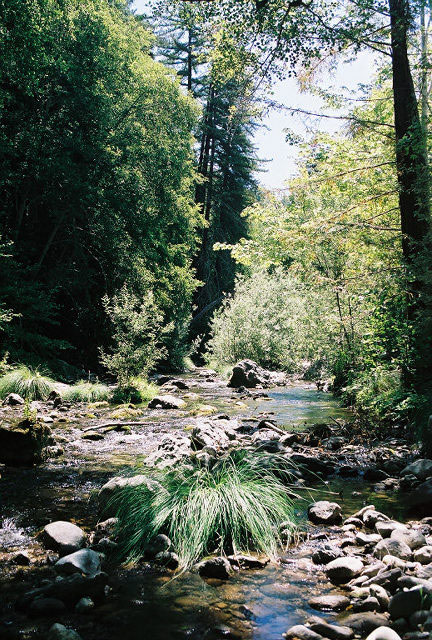
U.S. National forests campsites would be the next step. The Bureau of Land Management (BLM) also has land for camping. These public lands are made available with semi developed campgrounds that you might find perfect for your boon docking needs. For others, who may want to venture farther into the backcountry, there are far more primitive and often quite remote sites available. In the national forests there are areas that are designated campsites however, by law; you are permitted to camp anywhere in a national forest as long as you can find a large enough space, don’t block roads and there are no signs prohibiting camping. Camping outside of the developed campground is also called disbursed camping. Keep in mind that there are no amenities such as trash collection, water pumps or toilets. The rule of thumb for dispersed camping is, you bring it in – you bring it out!
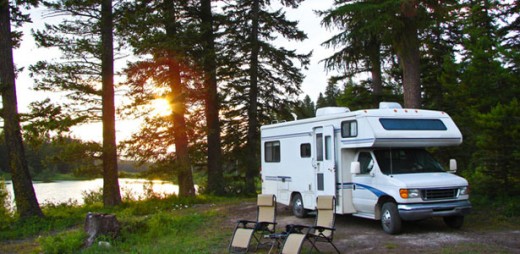
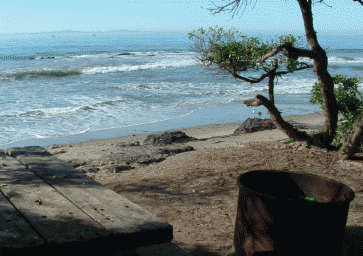
There are so many public land campgrounds in America. It would be impossible for you to visit all of them within your lifetime. Go exploring! Go camping!
You can find out more information on free campsites in America at freecampsites.
For information on state campgrounds, state parks and state forest campgrounds look online; just enter the name of the state where you want to stay. ‘state.gov’ then look for DNR or enter camping in the search box provided.
For federal sites try these:



